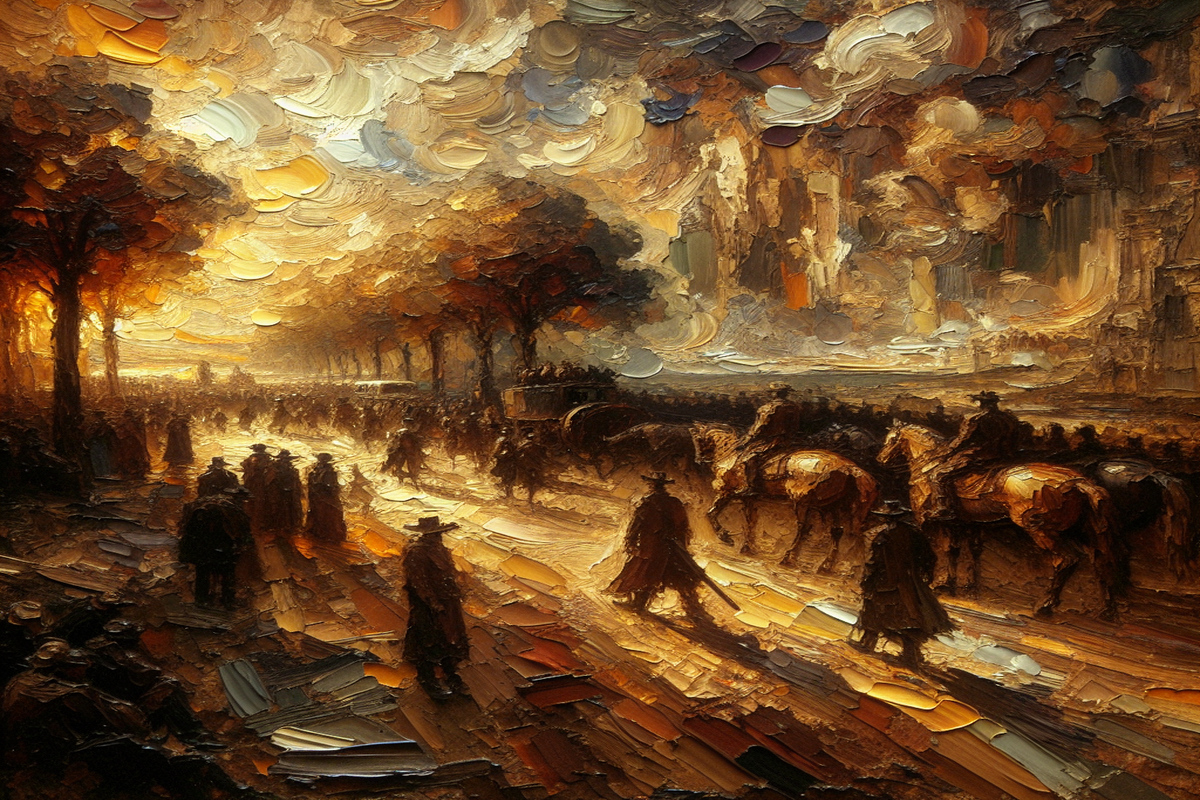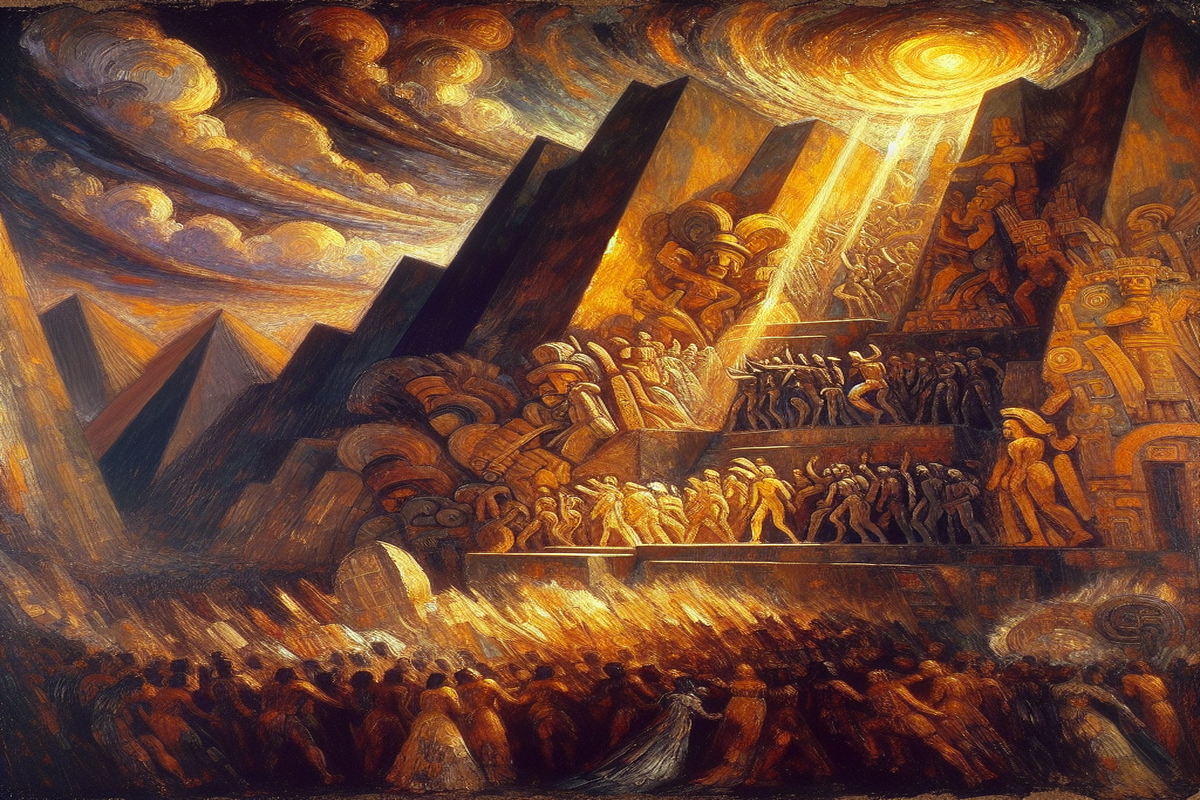Who was Benito Juárez
As a Mexican and a writer for the Mammoth Museum of Tultepec, I am interested in telling the story of Benito Juárez with the same curiosity with which we study fossils, patterns, and collective memory. Juárez was a central figure in 19th-century Mexico; his life and administration transformed the country’s political and social structure.
Origins and early years
Benito Pablo Juárez García was born in San Pablo Guelatao, Oaxaca, in 1806. Coming from a Zapotec indigenous family, he was orphaned very young, and his early life was marked by migration and work until he went to study in Oaxaca. His personal trajectory is an example of social mobility in times of deep inequality.
Juárez studied law, worked as a judge, and began to build political networks in Oaxaca. His training gave him the tools to promote legal reforms, and his public profile grew until he became governor of Oaxaca. His path to the presidency was the product of ideas and of political circumstances.
The Reform, an institutional transformation
Juárez led the so-called Liberal Reform, which sought to separate Church and State, limit privileges, and modernize institutions. Among the most relevant laws were the Ley Juárez and decrees on ecclesiastical property that reduced corporate power, favoring a secular state with greater legal control over public life.
Those measures provoked intense resistance, and Mexican politics became polarized. The Reform laid the legal foundations of modern Mexico, although it left wounds and conflicts that endured for decades. Its aim was to build a legal order that guaranteed equality before the law and access to property under liberal principles.
The French intervention and the defense of the Republic
In 1861, Mexico entered a political and economic crisis that opened the door to foreign intervention. France installed the empire of Maximilian, and Juárez led the liberal resistance, governing from the north of the country and organizing the struggle for national sovereignty.
The defeat of the empire and Maximilian’s execution in 1867 marked the restoration of the Republic and consolidated Juárez as a symbol of national independence. His stance against foreign intervention made him a reference for the defense of legality and the autonomy of the Mexican state.
Presidency and public policies
Juárez held the presidency on several occasions between the 1850s and 1872. He promoted educational, judicial, and administrative reforms with the intention of expanding access to services and strengthening institutions. His emphasis was on a secular state, civil norms, and a homogeneous legal framework.
His style of government was austere, and his personal leadership influenced the consolidation of a nation-building project based on law. The measures he promoted had lasting effects, although they also faced criticism for centralizing power and for the social tensions generated by such abrupt changes.
Juárez and secularism, the construction of citizenship
The defense of a secular state was central to Juárez’s work; this implied transforming political and cultural practices. Secularization was not only administrative but also symbolic, reconfiguring relationships between institutions and citizens and laying the foundations for a broader system of civil rights.
This process of laicity relates to the effort to preserve memory and institutions—something we at the Mammoth Museum observe analogously when we preserve remains and records of the past, as we discuss in articles about fossils and paleontology.
Legacy, symbols, and public memory
Benito Juárez became a symbol of civic integrity and resistance; his best-known phrase reinforces the idea of legality and sovereignty. His legacy is present in plazas, statues, and street names. His figure is an object of study and of diverse political representation.
In museums and cultural spaces, the memory of Juárez coexists with other narratives of the past. At our Mammoth Museum, for example, we try to connect scientific memories with national histories, as when we explore curiosities about the mammoth in The Mammoth of Tultepec or when we link paleontological finds with dating processes in dating fossils.
Juárez, leadership, and controversies
The assessment of Juárez is not monolithic; there are voices that question the form and scope of his policies. The reforms could exacerbate local inequalities, and the transition to a secular state had social costs. These tensions are part of any deep transformation.
Analyzing Juárez means recognizing institutional achievements and also the controversies that raised new questions about power, representation, and rights. His figure continues to be the subject of academic and public debate, and his biography fuels diverse narratives about modern Mexico.
Historical value, education, and heritage
Juárez’s work is also a pedagogical tool, useful for explaining how institutions are built and how past decisions shape the present. In the field of heritage, his memory coexists with other forms of preservation, both of cultural goods and of natural remains.
When approaching history from a museum perspective, we find parallels between conserving natural heritage and preserving political legacy. We have addressed related topics, such as exploring extinct megafauna in Discovering the extinct megafauna, where the natural past illuminates large-scale processes of change.
Conclusion, a central and complex figure
Benito Juárez was a lawyer, governor, president, and a symbol of liberal modernization in Mexico. His life exemplifies social mobility, political convictions, and the complexity of reforming a nation. His legacy persists in institutions, laws, and public memory, and continues to inspire research and reflection.
As a writer at the Mammoth Museum of Tultepec, I invite you to see history as a living record where politics, science, and memory interact. The history of Juárez is an essential part of that record, and its study still offers lessons on leadership, legality, and the construction of citizenship. For those who want to delve deeper into how pasts are preserved and narrated, on our site we also address topics about prehistory and about how heritage is presented to the public in digital museums of Mexico.


